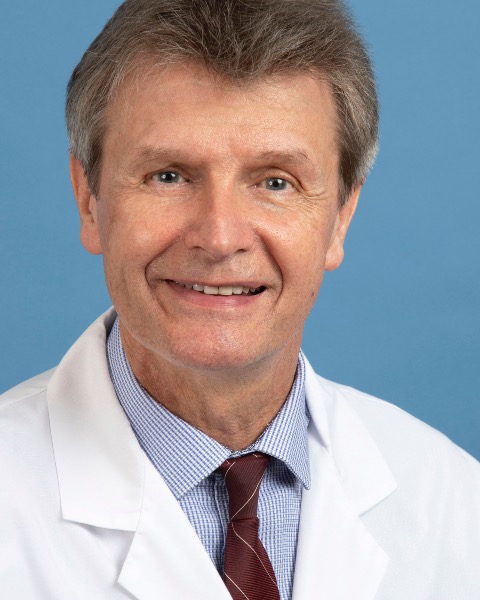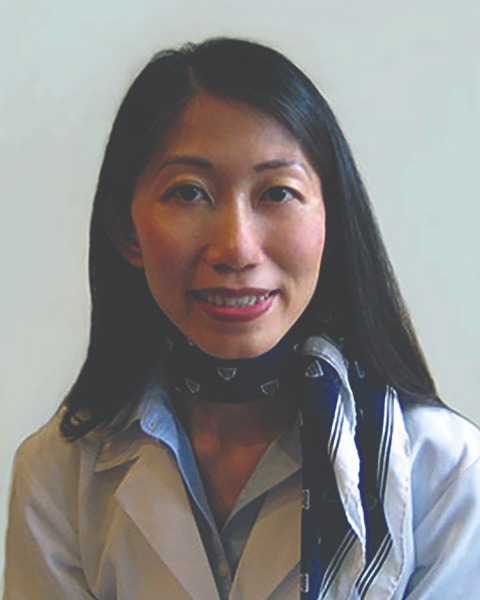Rapid Fire Abstracts
Respiratory motion-compensated ROCK-MUSIC with RF receiver cardiac focusing in pediatric congenital heart disease (RF_FR_403)
- ZH
Zheyuan Hu, MSc
Graduate Student Researcher
David Geffen School of Medicine at UCLA - ZH
Zheyuan Hu, MSc
Graduate Student Researcher
David Geffen School of Medicine at UCLA - HL
Hsu-Lei Lee, PhD
MR Physicist
Cedars-Sinai Medical Center - TC
Tianle Cao, PhD
Postdoctoral Researcher
David Geffen School of Medicine at UCLA 
J. Paul Finn, MD
Professor
University of California, Los Angeles
Kim-Lien Nguyen, MD
Associate Professor of Cardiovascular Medicine and Radiology
David Geffen School of Medicine at UCLA and VA Greater Los Angeles Healthcare System
Anthony G. Christodoulou, PhD
Assistant Professor
University of California, Los Angeles (UCLA)
Presenting Author(s)
Primary Author(s)
Co-Author(s)
Rotating Cartesian k-space sampling with ferumoxytol enhancement (ROCK-MUSIC) is a self-gated (SG) MRI pulse sequence, developed for fast whole-heart 4D imaging in pediatric congenital heart disease (CHD).1 It currently requires general anesthesia and controlled mechanical ventilation. Recent work has shown that low-rank tensor (LRT) reconstruction2 of ROCK-MUSIC data enables higher temporal resolution and respiratory motion-resolved imaging.3 Further improvements in handling respiratory motion are desired for free-breathing (FB) ROCK-MUSIC without anesthesia.
Here, we propose rigid respiratory motion-compensated (MoCo) LRT image reconstruction with retrospective cardiac phased array RF focusing using region-optimized virtual coils (ROVir)4. Rigid MoCo alone does not remove respiratory motion from the LRT temporal model. Thus, we hypothesized that applying ROVir prior to temporal basis estimation would produce a more efficient, cardiac-focused temporal basis, improving the representation of cardiac motion and reducing respiratory motion artifacts.
Methods:
Ten CHD patients (3 days–6.7 yrs) were scanned on a 3T Siemens Trio using ROCK-MUSIC, a 3D gradient-recalled-echo sequence with TE/TR=1.2ms/2.9ms, isotropic spatial resolution=0.8-1.1mm³, flip angle=19°, during the steady-state intravascular distribution of ferumoxytol, 4mg/kg.1 LRT reconstruction used SG lines for temporal basis estimation and for cardiac/respiratory binning, reconstructing 5D images with 20 cardiac bins × 6 respiratory bins3. Rigid respiratory MoCo calculated bin-to-bin image translations minimizing the nuclear norm over a cardiac ROI then directly compensated kt-space data, including the SG lines. ROVir was implemented prior to LRT image reconstruction (Fig. 1) to learn a cardiac-focused temporal basis.
We evaluated MoCo+ROVir’s ability to focus on cardiac rather than respiratory motion by comparing: 1) preservation of static, cardiac, and respiratory energy 2) cardiac/respiratory energy ratio in the SG lines used for temporal basis estimation. We further evaluated flickering and residual motion artifacts in the reconstructed images by comparing 3) dynamic/static energy ratio over the arm. We compared the original LRT reconstruction (No-MoCo), MoCo and MoCo+ROVir.
Results:
MoCo compensated respiratory motion over the heart but introduced spurious reverse motion in static tissues, whereas MoCo+ROVir reduced reverse motion and respiratory artifacts (Fig. 2). ROVir preserved more cardiac than static and respiratory energy (p< 0.001), increased the cardiac/respiratory energy ratio (p< 0.001) prior to temporal basis estimation, and reduced flickering artifacts (p< 0.001) (Fig. 3).
Conclusion:
MoCo and ROVir was evaluated in LRT reconstruction of ROCK-MUSIC data for pediatric CHD, successfully isolating cardiac motion and reducing respiratory artifacts. These techniques show promise for FB ROCK-MUSIC in pediatric CHD, potentially eliminating the need for general anesthesia. Further validation including quantitative cardiac function evaluation in a larger cohort is warranted.

